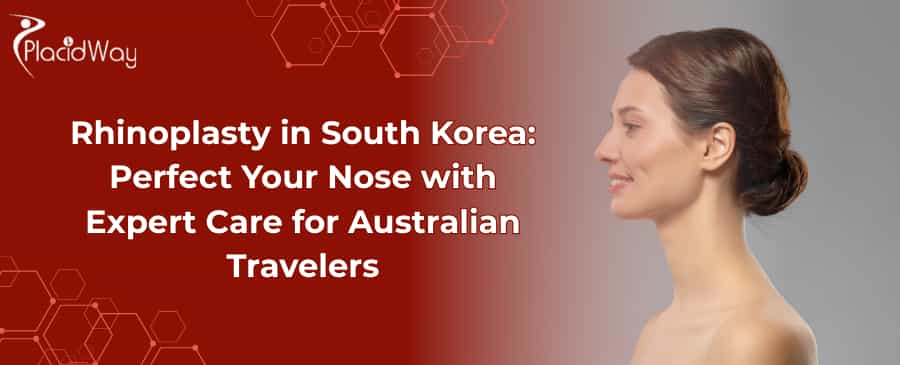
Rhinoplasty in South Korea has emerged as a top destination, attracting a significant number of patients from Australia seeking high-quality, specialized care at a more accessible price point.
Rhinoplasty, or "nose job," reshapes the nose for cosmetic or functional reasons. For Australians, South Korea offers world-class expertise, advanced techniques, and competitive prices, making it a top choice for natural, harmonious results. This guide covers procedures, costs, recovery, and how to choose the right clinic.
Key Takeaways
- Australian travelers can achieve significant savings, with rhinoplasty costs in South Korea being 50%-70% lower than in Australia.
- South Korean rhinoplasty packages are comprehensive, often including the surgeon's fee, anesthesia, post-operative care, and sometimes even accommodation and airport transfers.
- The average cost for a primary rhinoplasty in South Korea is between $4,000 and $6,000 AUD, while a similar procedure in Australia can cost upwards of $12,000 AUD.
- South Korean clinics are renowned for specializing in various nose types, including ethnic rhinoplasty, humpectomy, and revision rhinoplasty.
What is Rhinoplasty and Why Choose South Korea?
Rhinoplasty is a cosmetic and functional surgery that reshapes the nose to enhance facial balance or correct issues like a deviated septum. It can refine the size, profile, nostril width, or nasal tip, improving both appearance and breathing.
South Korea appeals to Australians seeking rhinoplasty with its world-class surgeons, cutting-edge technology, and precise techniques. Even after factoring in flights and accommodation, costs are significantly lower than in Australia, making it a highly attractive choice.
Did You Know? The Gangnam district in Seoul is often referred to as the "Plastic Surgery Mecca" of the world. It is home to thousands of clinics and a hub for plastic surgery innovation.
Common Rhinoplasty Procedures in South Korea
South Korean clinics offer a wide spectrum of rhinoplasty procedures, from simple refinements to complex reconstructive surgeries, tailored to individual facial structures and goals.
One of the strengths of South Korean clinics is their ability to perform a variety of specialized rhinoplasty procedures. This is particularly beneficial for Australian patients, who may have different nose shapes and aesthetic goals than local patients.
-
Primary Rhinoplasty: This is the most common procedure for first-time patients, involving general reshaping to enhance facial harmony. It can include adjusting the nasal bridge, tip, and overall size.
-
Tip Rhinoplasty: Focusing solely on the nasal tip, this procedure reshapes or refines a bulbous, droopy, or undefined tip using cartilage grafts. It is often a less invasive option for those who are happy with their nasal bridge.
-
Revision Rhinoplasty: This is a complex procedure performed to correct unsatisfactory results from a previous nose surgery. South Korean surgeons are highly sought after for their expertise in this area, which requires significant skill to navigate scar tissue and reconstruct the nose.
-
Alar Reduction (Alarplasty): This surgery reduces the width of the nostrils, creating a more refined and symmetrical look.
-
Hump Reduction (Humpectomy): This addresses a prominent dorsal hump on the bridge of the nose, smoothing the profile for a more elegant line.
-
Septorhinoplasty: This is a combination of rhinoplasty and septoplasty, correcting both the external appearance of the nose and a deviated septum, which can improve breathing.
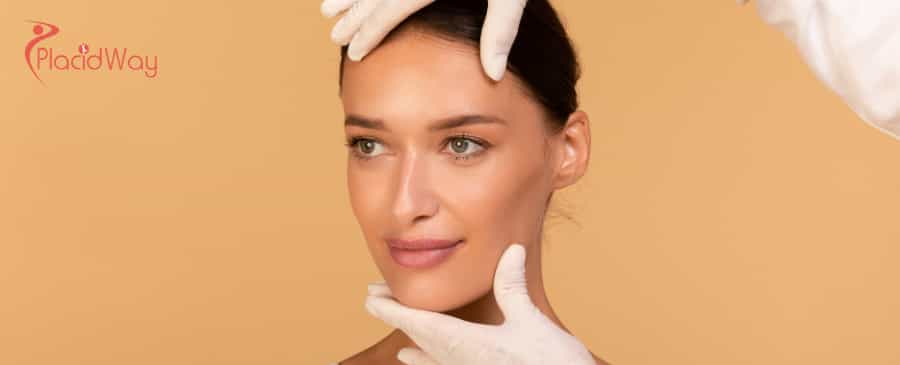
The Medical Tourism Journey: What to Expect
The process for Australian travelers typically involves initial online consultations, a short stay in Korea for the procedure and follow-up, and a recovery period.
For Australians, the medical tourism journey to South Korea is a well-structured process. Most reputable clinics and medical tourism agencies like PlacidWay offer a seamless experience from start to finish.
1. Initial Consultation: The process begins with a virtual consultation. You will send photos and medical information to the clinic, and a surgeon will review your case. This is a crucial step to discuss your desired outcome, understand the surgical plan, and get a preliminary quote.
2. Travel and Pre-op: Once you confirm the booking, you will travel to South Korea. Upon arrival, you will have an in-person consultation with the surgeon, a physical examination, and pre-operative tests (blood work, CT scans). This ensures you are a good candidate for the surgery and that the final plan is customized to your unique facial anatomy.
3. Surgery and Post-op Care: The surgery itself is usually an outpatient procedure, meaning you can return to your hotel on the same day. The first few days are for rest and recovery. The clinic will provide medications, and a multilingual coordinator will assist you with communication and aftercare instructions.
4. Follow-up and Splint Removal: You will have several follow-up appointments. The splint and stitches are typically removed around day 7 to 10. After this, the surgeon will give you clearance to travel back home. Most patients are advised to stay in Korea for a minimum of 10 to 14 days to ensure proper monitoring.
The Cost of Rhinoplasty: South Korea vs. Australia
The primary driver for Australian patients choosing South Korea is the significant cost difference, with savings of up to 70% on average.
The rhinoplasty packages in South Korea is highly competitive, especially when compared to Australian prices. The final cost depends on the complexity of the procedure, the surgeon's reputation, and the clinic's location.
Comparative Cost Table (All figures in AUD)
Note: These are average costs and can vary. The prices in South Korea often include surgeon fees, anesthesia, hospital stay, and some aftercare, making them highly comprehensive.
Recovery and Aftercare for International Patients
A smooth recovery is essential for achieving the best results, and South Korean clinics provide detailed post-operative support.
The recovery period is a critical phase of the rhinoplasty journey. Here's a typical timeline:
-
First Week: This is the most intense period. You will have a splint and bandages on your nose. Swelling and bruising around the eyes are common and will peak in the first 3 days. Your surgeon will prescribe pain medication and antibiotics. It is vital to keep your head elevated, use cold compresses, and avoid strenuous activity.
-
Second Week: The splint and sutures are removed. Bruising and major swelling will start to subside, and you will begin to see the initial shape of your nose. Light daily activities can resume, but heavy exercise is still off-limits. Most Australian patients can fly home at this point.
-
Months 1-3: The majority of the swelling (around 70-80%) will go down. The nose will continue to refine, and the tip will become more defined. You can return to most regular activities.
-
1 Year: The final, long-term results of the rhinoplasty will be visible. The tip of the nose is the last area to fully settle, and some minor swelling can persist for up to a year.
Expert Insight: "For our international patients, we emphasize the importance of following all post-operative instructions, especially for the first 14 days. We provide comprehensive aftercare services, including follow-up video calls, to ensure a successful recovery even after they return home. The availability of advanced recovery therapies like LED light therapy and lymphatic drainage massages in our clinics also helps accelerate healing."
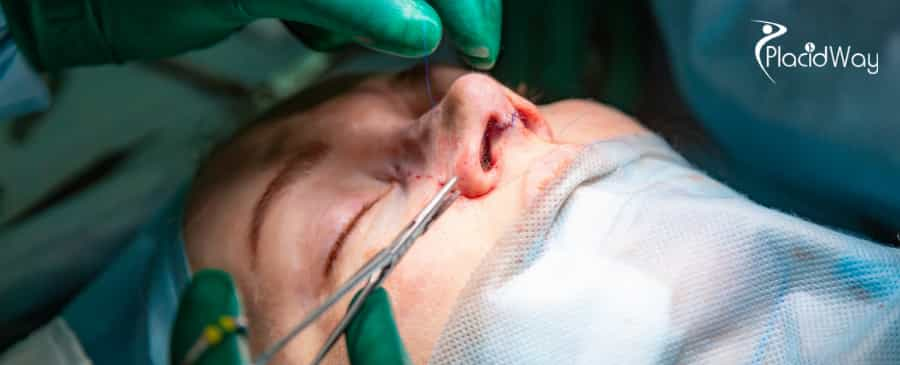
Choosing the Right Clinic and Surgeon
Selecting a reputable clinic and an experienced, board-certified surgeon is paramount to ensuring safety and achieving desired outcomes.
The sheer number of plastic surgery clinics in South Korea can be overwhelming. To make an informed choice, Australian patients should consider the following factors:
-
Surgeon's Credentials: Look for a surgeon who is board-certified by the Korean Society of Plastic and Reconstructive Surgeons. Check their specialization, as some surgeons are renowned for specific types of rhinoplasty.
-
Clinic Reputation: Research the clinic's reputation through patient reviews on platforms like Google, RealSelf, and other medical tourism forums. Look for before-and-after photos and testimonials from international patients.
-
International Patient Services: Ensure the clinic has dedicated services for international patients, including multilingual staff, translation services, and assistance with logistics like accommodation and airport transfers. This can significantly reduce stress and enhance your overall experience.
-
Technology and Safety: The clinic should use state-of-the-art equipment and prioritize patient safety. This includes having an in-house anesthesiologist and a system for handling emergencies.
What to Avoid: Red Flags and Risks
While generally safe, rhinoplasty carries risks, and it is important to be aware of red flags that may indicate a less-than-reputable provider.
No surgery is without risk. Potential complications of rhinoplasty include infection, poor wound healing, scarring, asymmetry, and difficulty breathing. While reputable clinics work to minimize these, it’s crucial to be prepared.
Red flags to watch out for include:
-
Unrealistically low prices: If a clinic's price is significantly lower than the market average, it could indicate lower quality materials, inexperienced surgeons, or hidden fees.
-
Pressure to book quickly: Reputable surgeons will give you ample time to consider your decision and will not use high-pressure sales tactics.
-
Lack of transparency: A trustworthy clinic will provide a detailed breakdown of all costs and a clear plan for your surgery and recovery. Be wary of clinics that are vague about the process.
-
Surgeons who promise "perfect" results: A good surgeon will manage your expectations, explaining what is realistically achievable and focusing on improving your natural features rather than creating an artificial look.
Frequently Asked Questions (FAQ)
Is it safe to travel for surgery during the COVID-19 pandemic?
Many clinics and countries have implemented strict health and safety protocols. Check the latest travel advisories for both Australia and South Korea. It is important to choose a clinic that follows all recommended guidelines for patient and staff safety.
Can I combine rhinoplasty with other procedures?
Yes, it is common for patients to combine rhinoplasty with other facial procedures like blepharoplasty (eyelid surgery) or a facelift. Combining surgeries can often save time and money, but it may require a longer stay for recovery. Your surgeon will assess your health and determine if a combined procedure is right for you.
How much money should I budget for my trip in total?
Beyond the surgery cost, you should budget for flights, accommodation (for at least 10-14 days), food, local transportation, and a small buffer for unexpected expenses. For a standard trip, a total budget of around $8,000 to $12,000 AUD is a reasonable estimate, which is still a significant saving compared to the cost of surgery alone in Australia.
Will my surgeon speak English?
Many prominent clinics in South Korea have a dedicated international team with English-speaking staff and translators to ensure a smooth and clear communication process. PlacidWay also provides assistance with translation and coordination services.
What is a good duration for my stay in South Korea?
Most surgeons recommend a stay of 10 to 14 days after the surgery. This allows for the initial post-operative checks, removal of the splint and stitches, and a final follow-up to ensure you are medically cleared for travel. A longer stay may be required for more complex procedures or if you are combining surgeries.
Are the results of Korean rhinoplasty natural-looking?
South Korean plastic surgery has a strong reputation for achieving results that enhance natural beauty rather than creating an artificial look. Surgeons focus on facial harmony and symmetry, using advanced techniques to build a nose that complements your unique features.
What kind of implants or materials are used in South Korean rhinoplasty?
South Korean surgeons use a variety of materials, with a strong preference for autologous tissue (cartilage from your own septum, ear, or ribs) for the nasal tip and bridge to ensure natural results and minimize the risk of complications. Silicone and Gore-Tex implants are also used for the bridge, but their use is carefully considered on a case-by-case basis.
Considering a rhinoplasty journey to South Korea?
PlacidWay connects you with top-tier, accredited clinics and board-certified surgeons in South Korea. We provide comprehensive, personalized packages that handle everything from your initial consultation and travel logistics to your post-operative care.
Start your journey to a more confident you. Get a free quote and personalized consultation today!


.png)
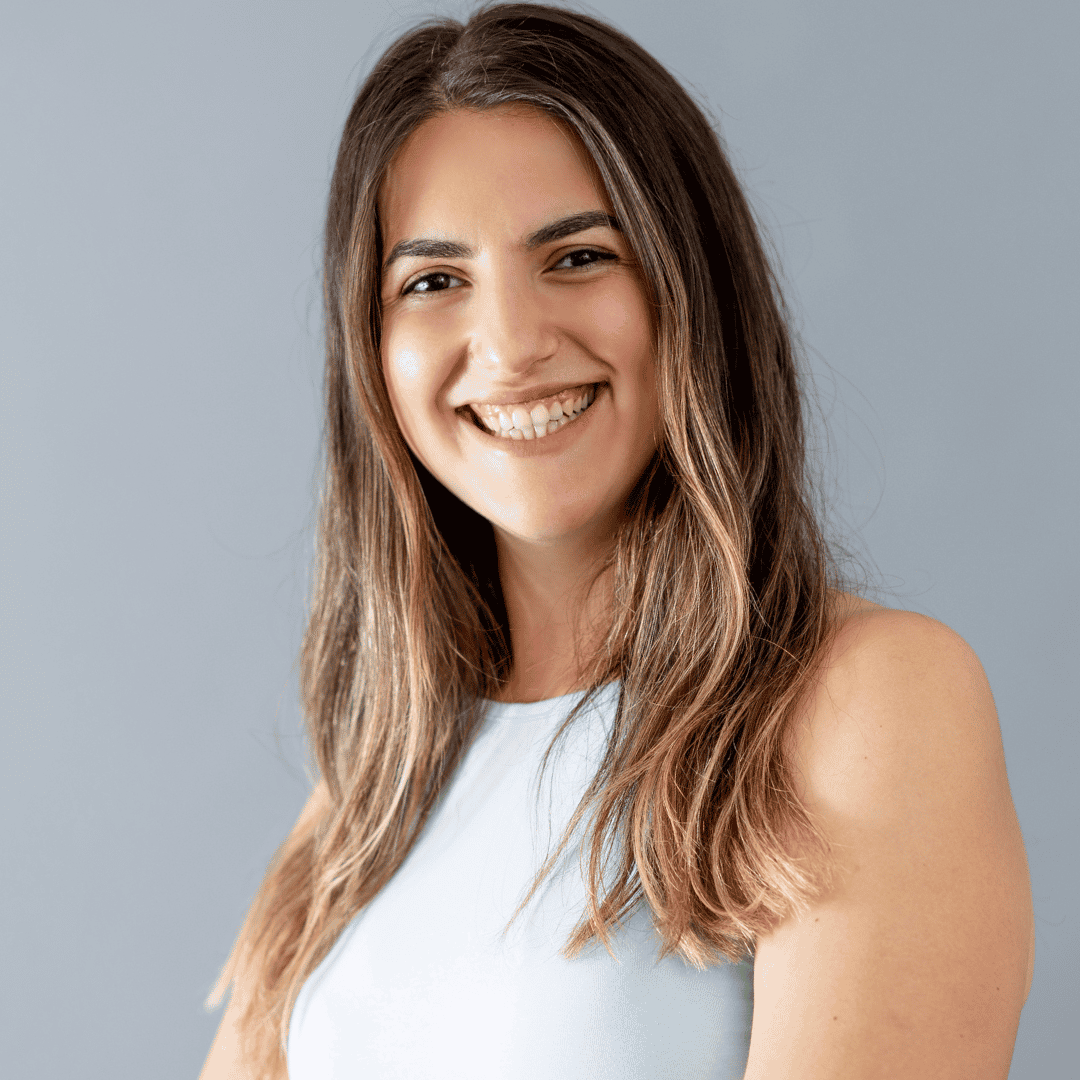
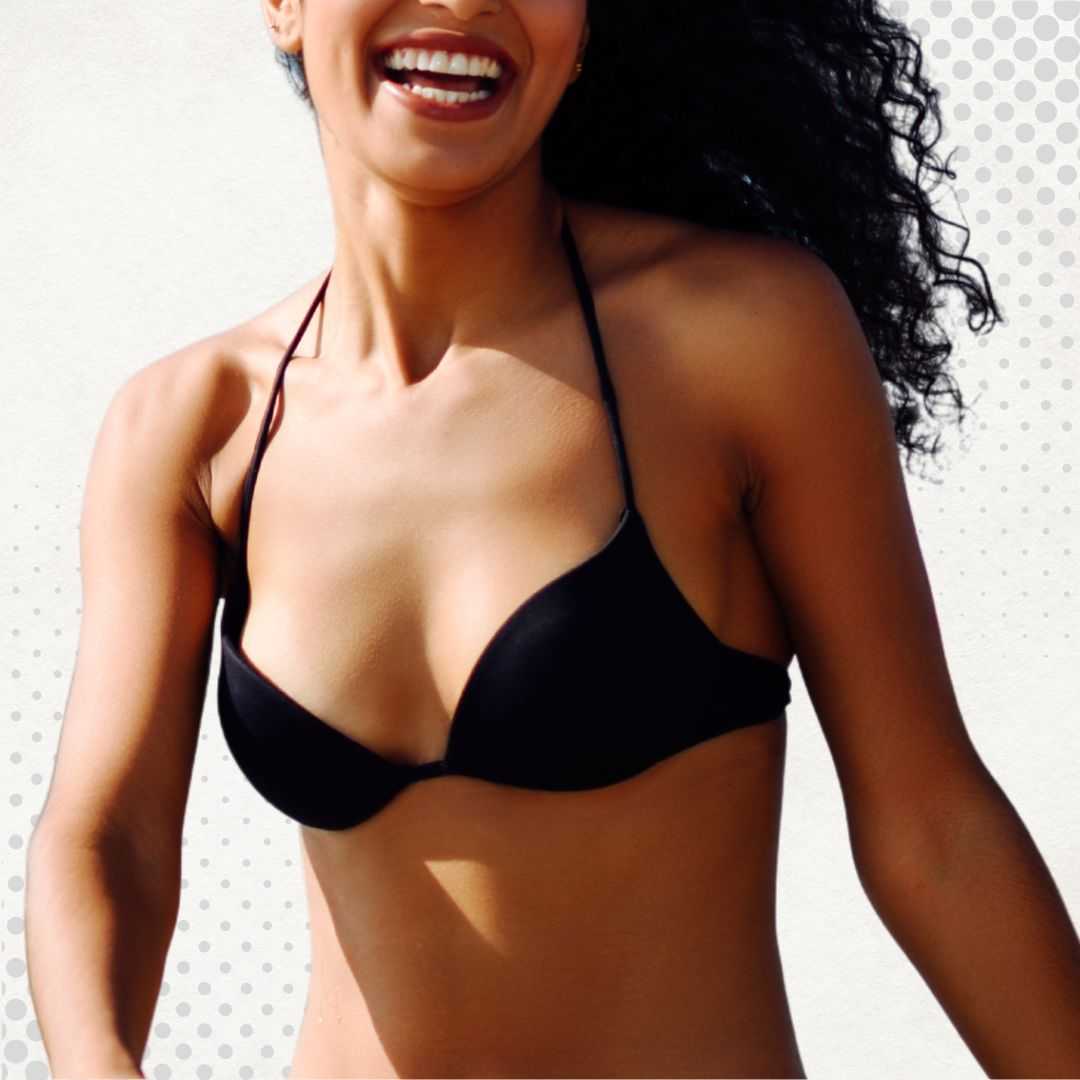
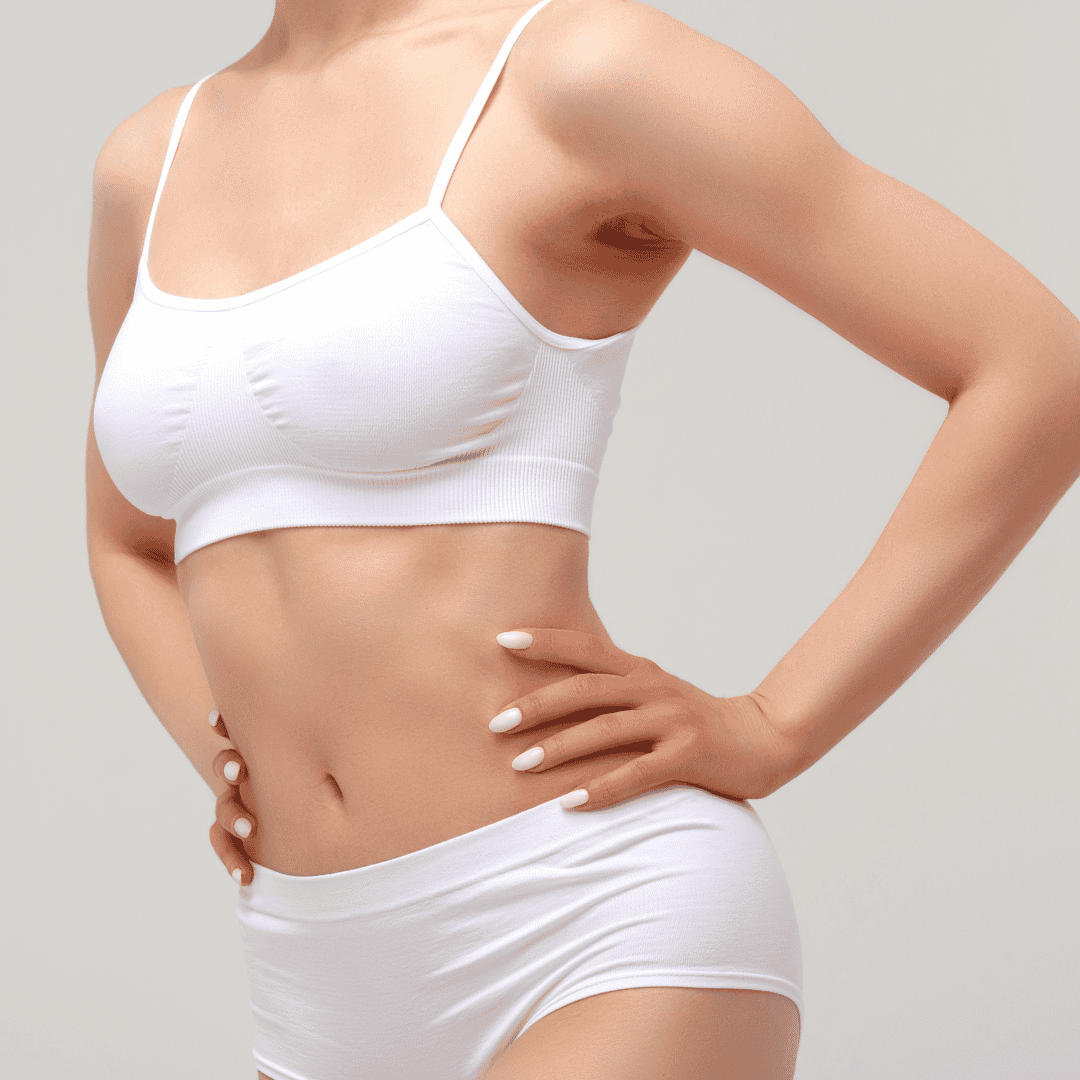
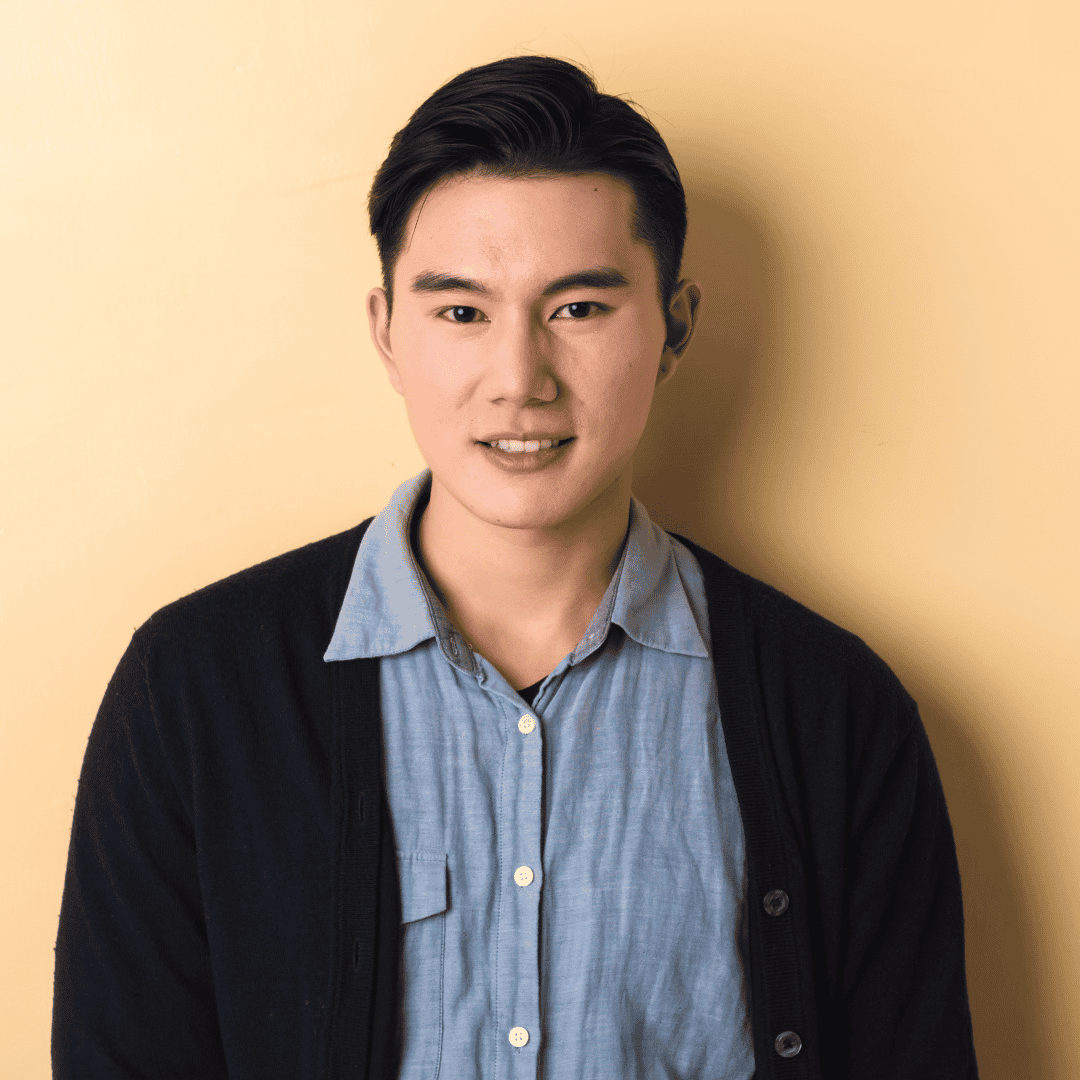
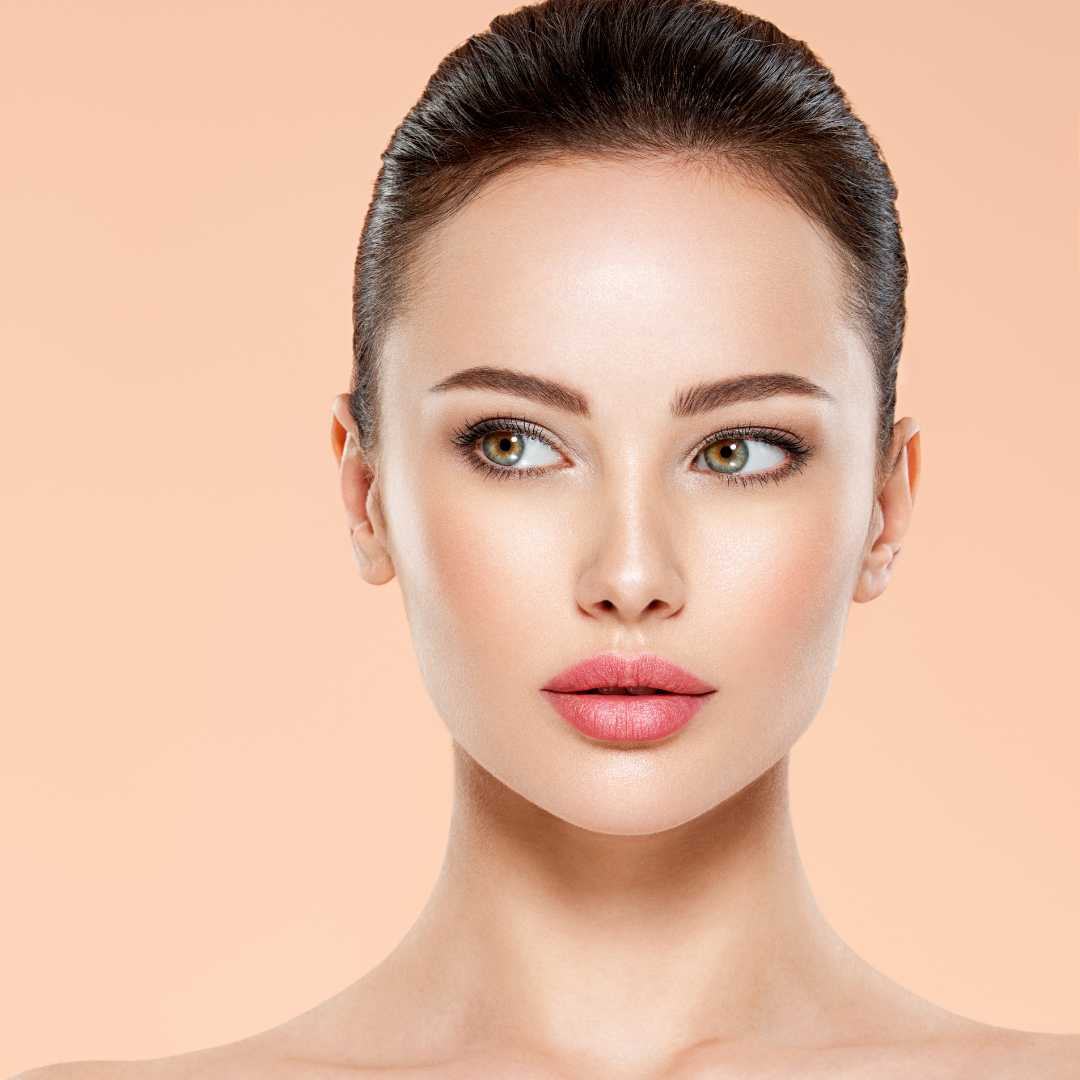
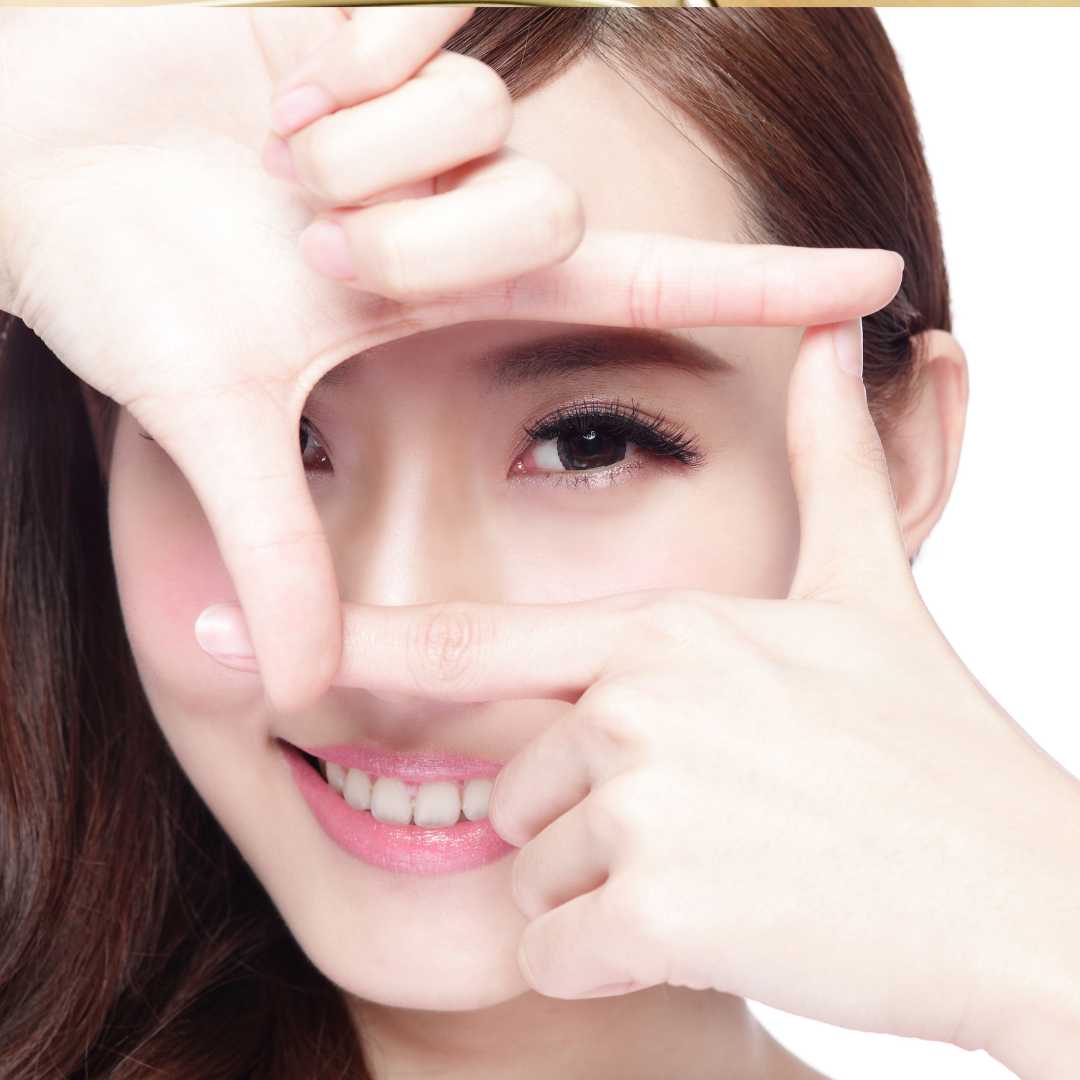

.png)
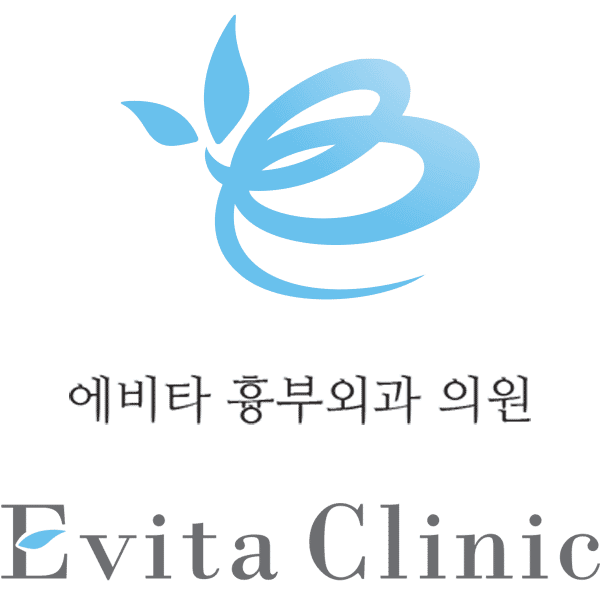
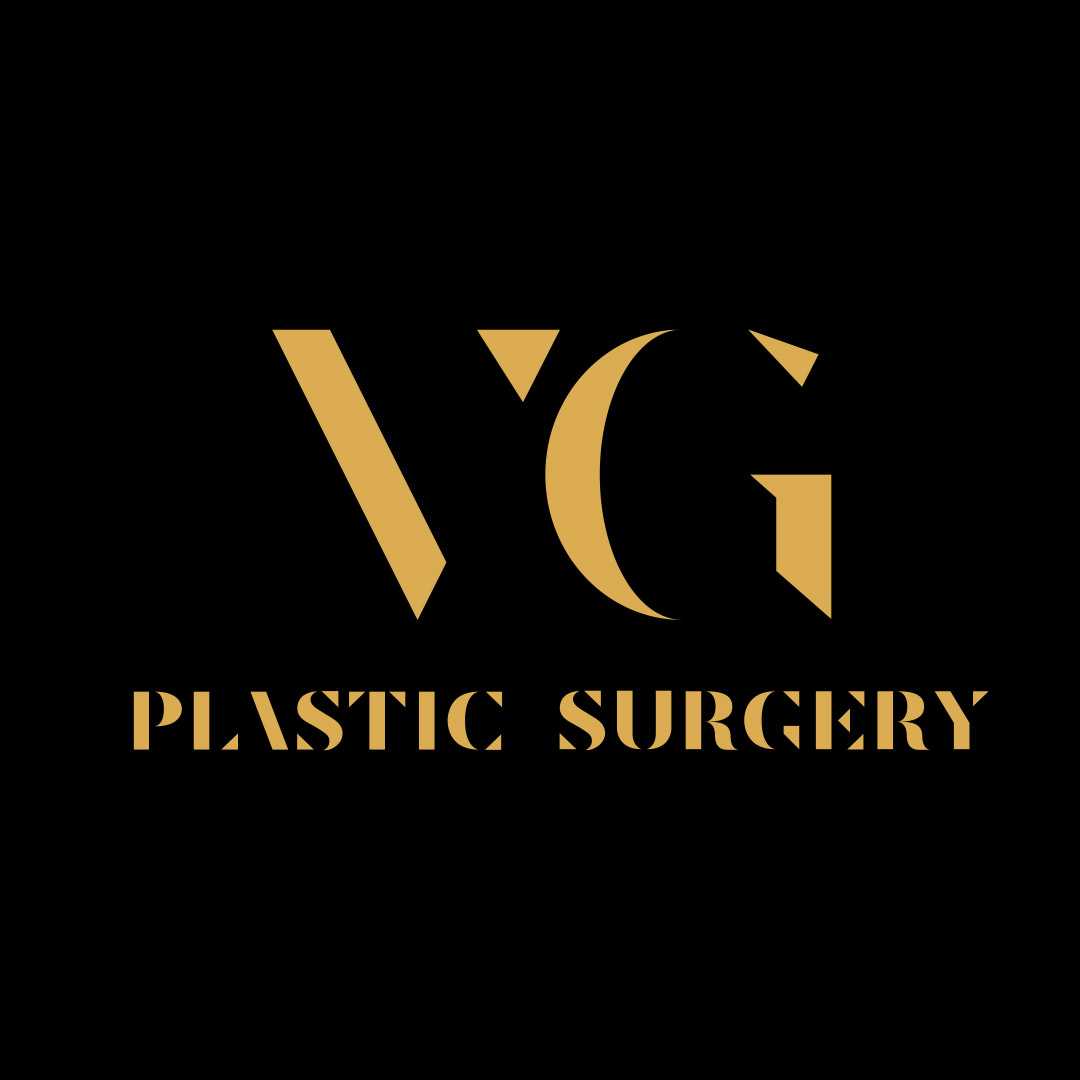
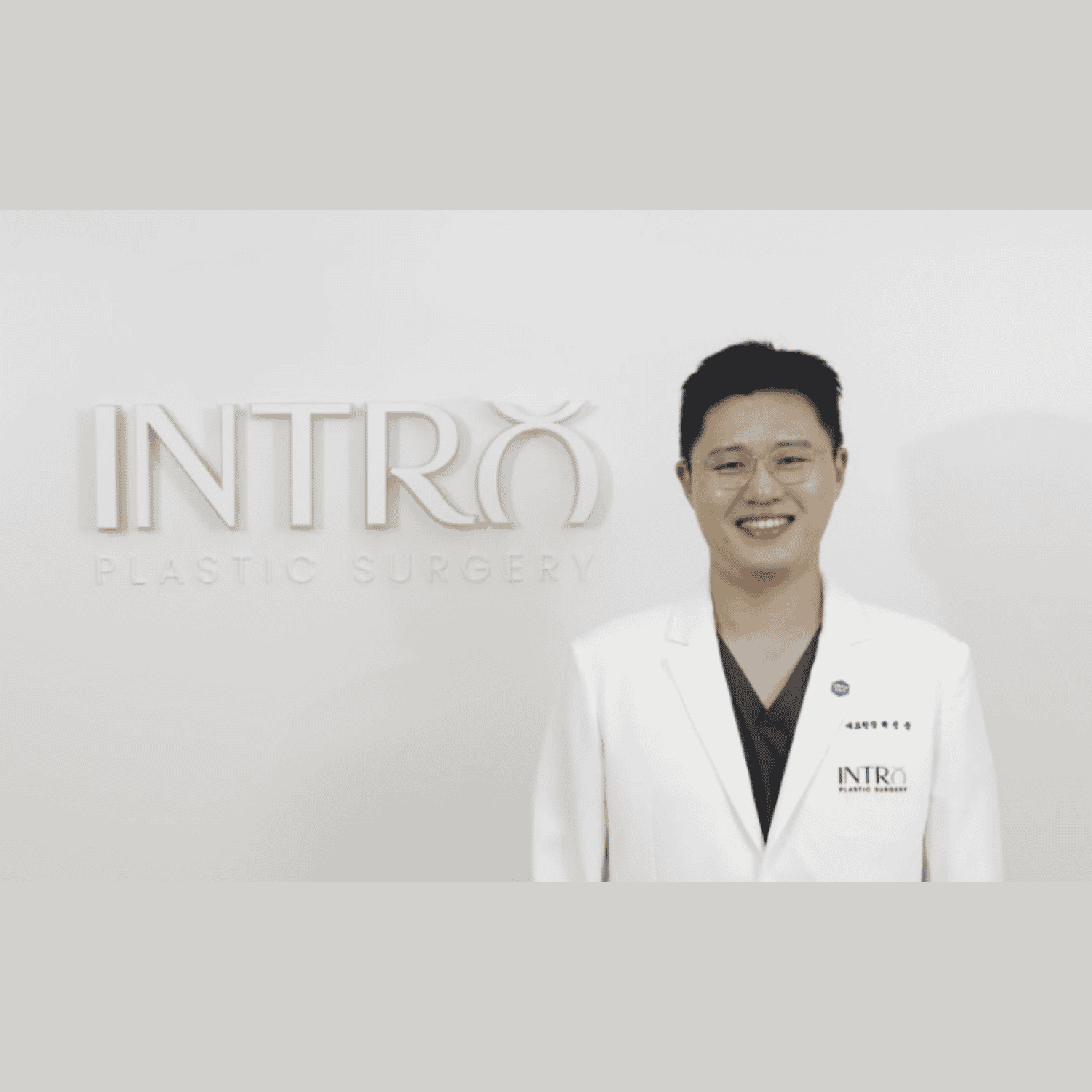
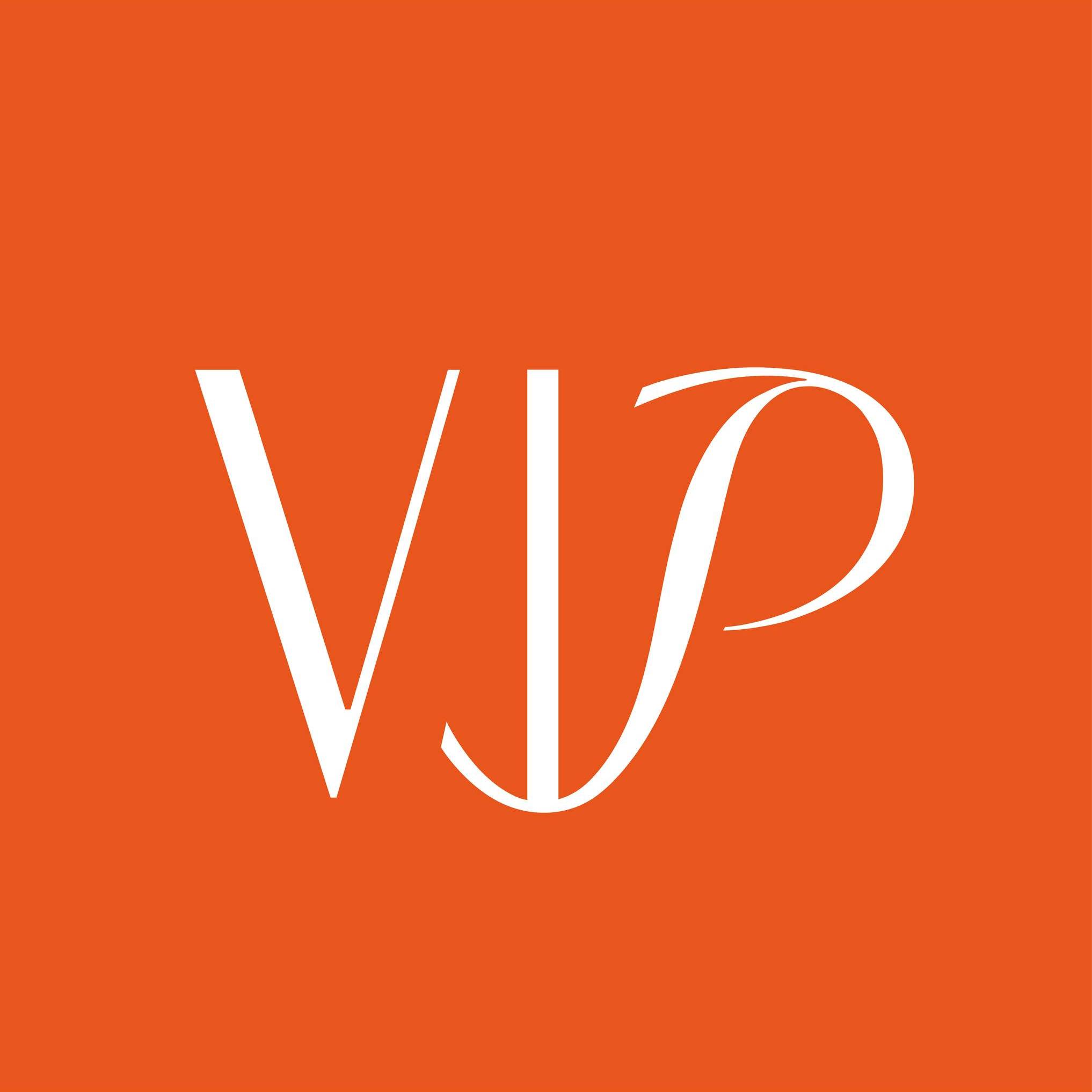
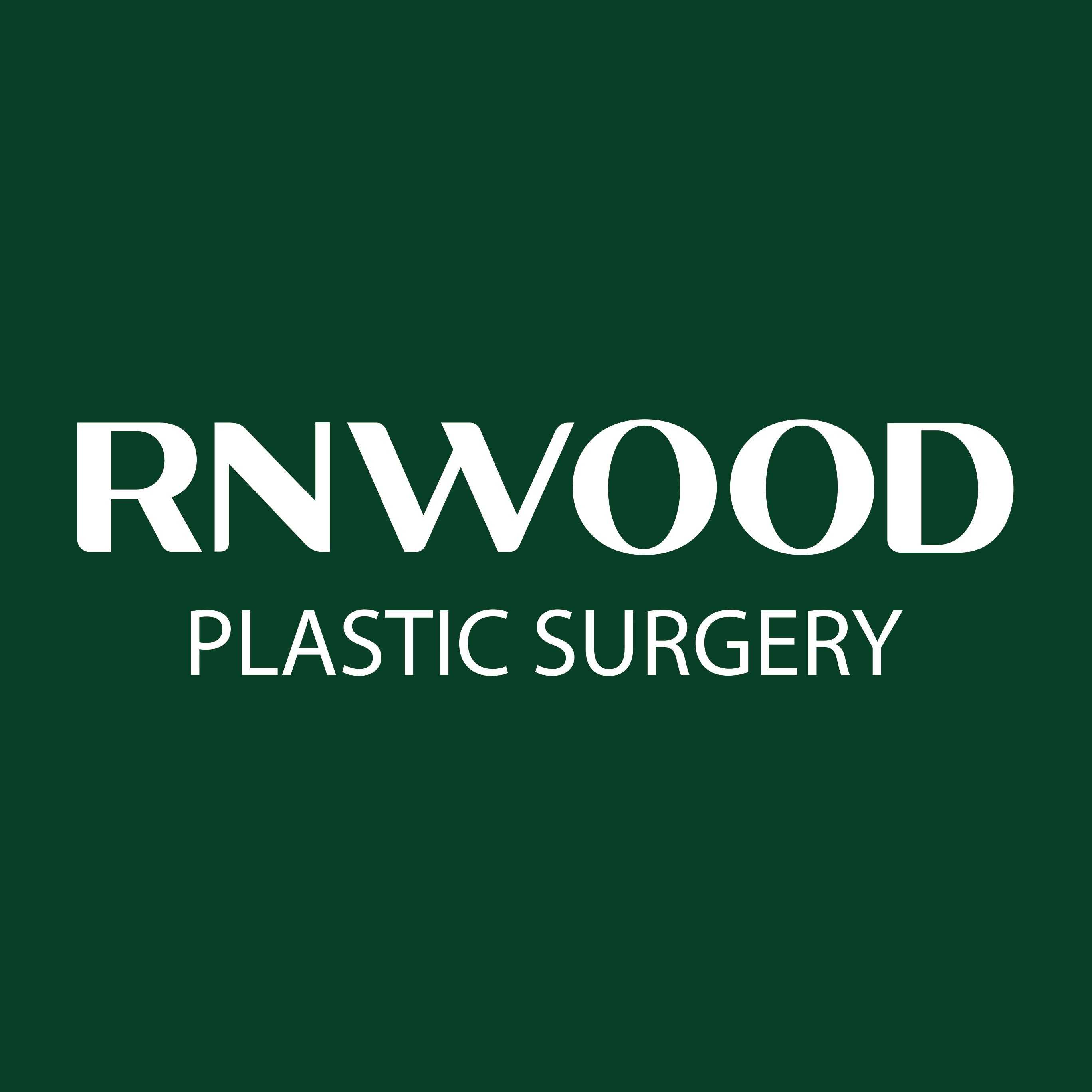

Share this listing